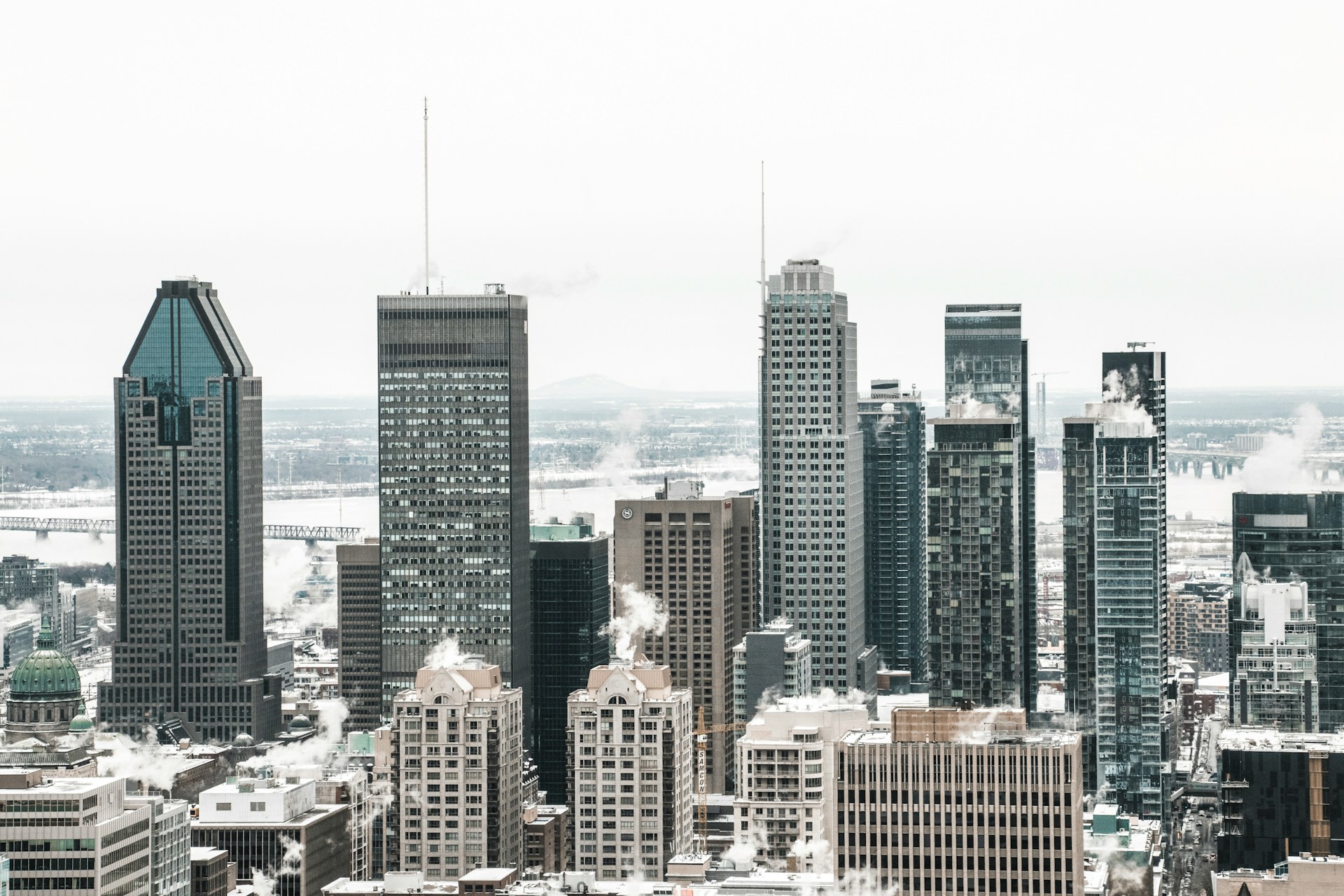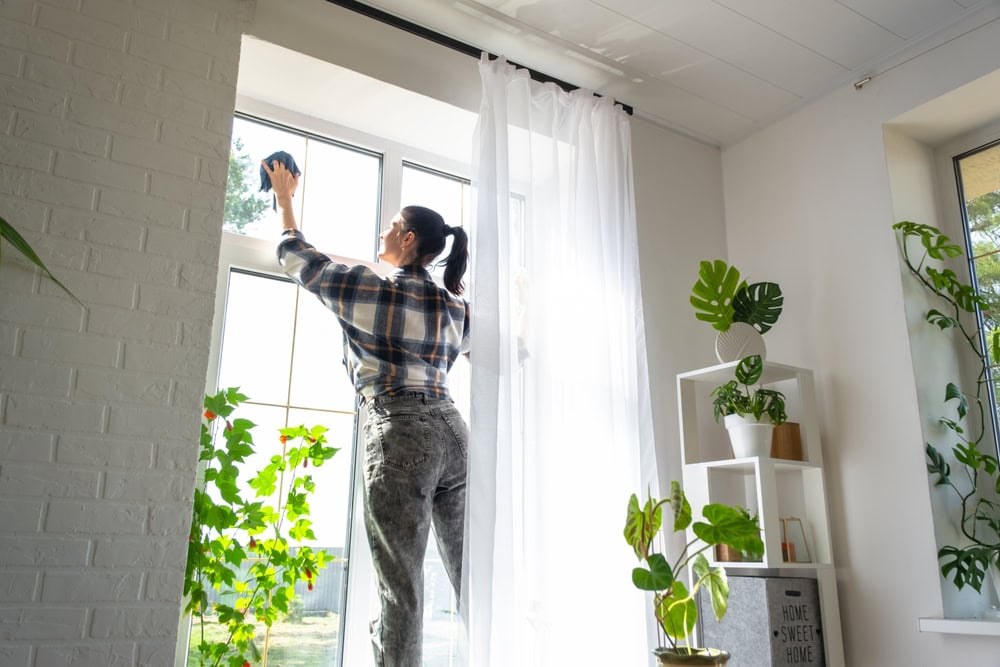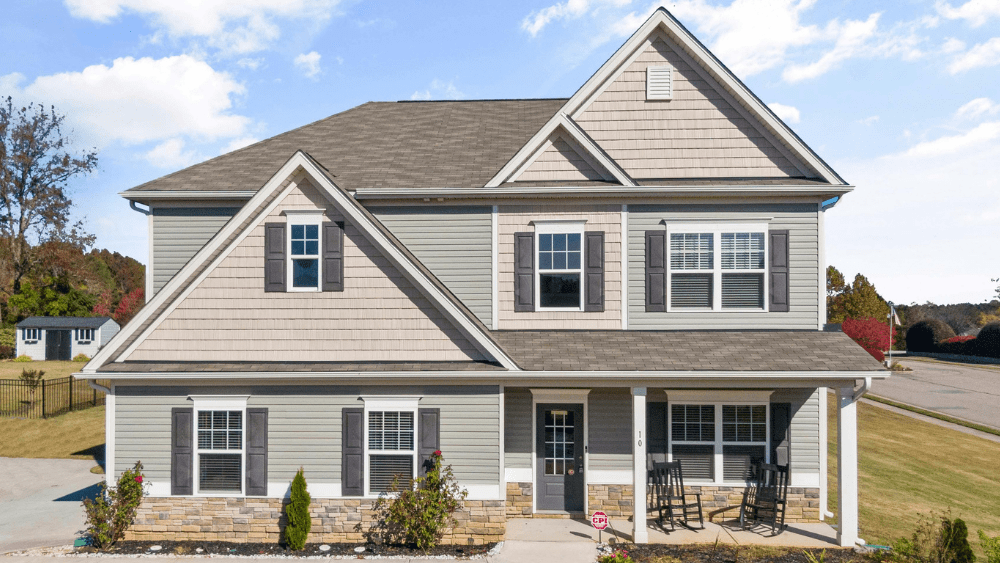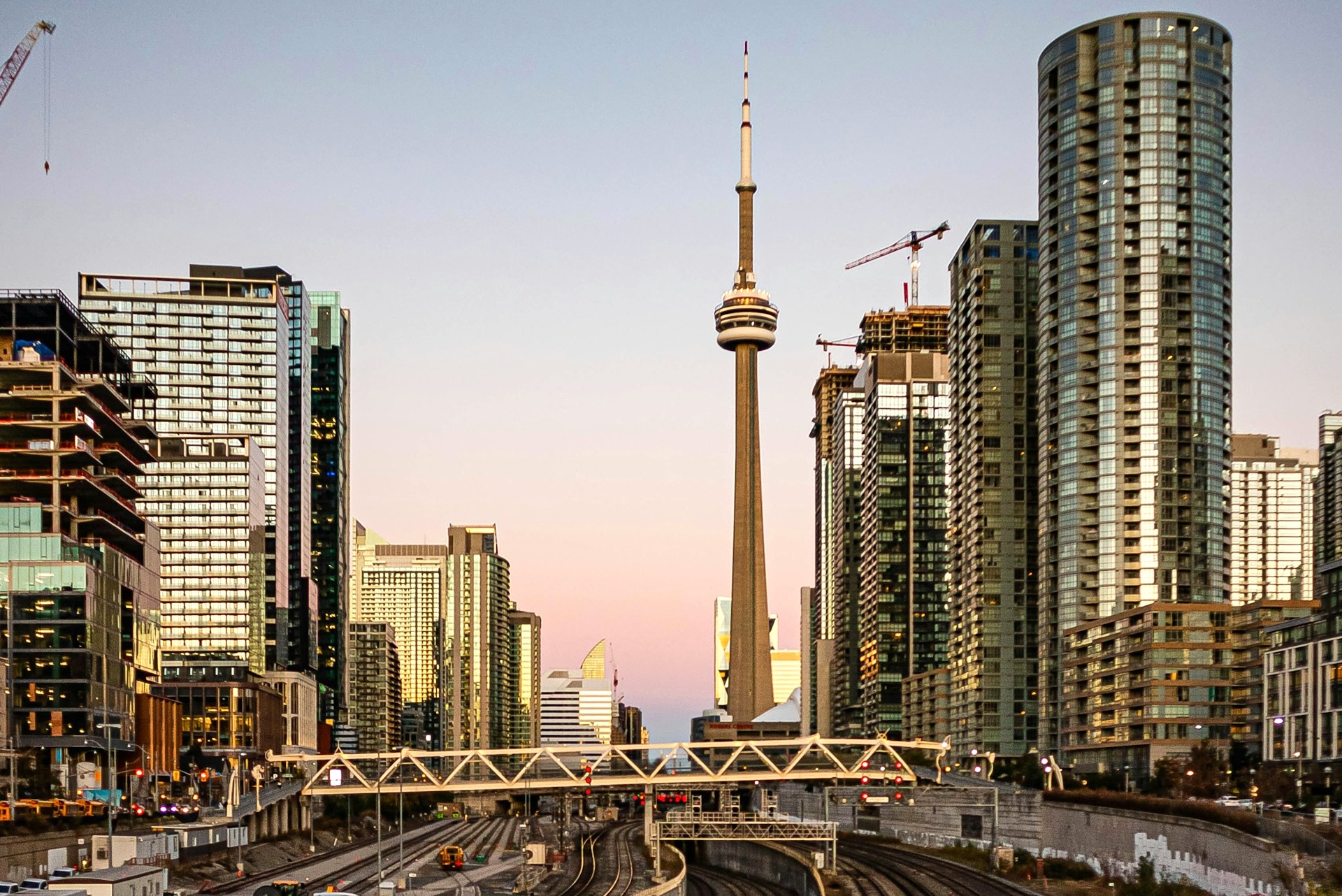A new model of housing is being embraced across Australia by the nation’s renters – and for good reason.
But for build-to-rent to keep expanding, experts say that it needs some help.
Build-to-rent (BTR) housing is a model in which developers construct multi-unit buildings and then retain the apartments to rent out, rather than selling them off to individual owners.
It’s a popular form of housing in the UK and USA, and in recent years Australia has caught on to the model.
According to James Greener, head of living sectors at Charter Hall, who spoke at the Property Council of NSW’s Build-to-Rent in Focus event on 23 October, there are currently more BTR units in the pipeline in Australia than there are operating.
But vacancies in these properties are being snapped up as soon as they become available, and there’s plenty of demand for the homes in the pipeline.
Build to rent is being embraced in Australia. Image: Getty
While much of this popularity could be attributed to low vacancy rates across the country making all available rentals attractive options, there’s more to BTR's popularity.
With a single landlord across the building, many tenants see the benefits in being on equal footing with their neighbours, with the same rules and management. These buildings are more likely to offer longer-term leases, and there’s far less risk of a lease ending because the landlord has decided to sell up.
Also, because the renter is the direct customer of the property manager (as opposed to the landlord, in the instance of a traditional rental) there’s greater incentive for BTR management companies to keep tenants – i.e. their clients – happy. Good upkeep of the building also preserves the value of the asset, so the BTR provider has an additional interest in ensuring that units are well maintained.
Thanks to this demand, BTR has been on a huge upswing in Australia. According to August 2025 data from Knight Frank, 4660 BTR units were delivered across 18 projects nationally in 2024, and 6000 are expected to to be completed by the end of 2025.
But the firm also noted that the pipeline in 2026 is less assured. There are about 4000 units forecast for completion next year.
With vacancy rates extremely tight across the country, and the need for new rentals clear, the speakers at the Property Council’s event shared their insight into the key factors that could help drive BTR in the future.
Tax settings
BTR has been the focus of tax setting changes recently. In late 2023, the federal government amended tax laws to encourage investment in Build-to-Rent (BTR) projects, including by foreign investors. The changes reduced the withholding tax rate on eligible BTR-managed investment trust payments from 30% to 15% and increased the annual capital works deduction rate from 2.5% to 4%.
But according to Emily Gold, an associate director of Savills Australia and New Zealand, and other panelists of the Property Council event, the handling of GST as it relates to BTR investments is the "number one change" that needs to be made to encourage investment in BTR.
Currently, BTR developers are not able to claim GST credits on the land and construction costs they pay in the course of developing BTR properties. Whereas developers who are selling off the properties they construct can claim credits. This creates more of an incentive for developers to create build-to-sell properties, rather than adding to rental stock.
Speedier approvals
Mr Greener commented that while states like NSW had been making great strides to speed up approvals, such as through its State Significant Development pathway, planning hurdles remained.
“Planning has been really lengthy and quite an uncertain process, especially in New South Wales. And I think most people in this room can appreciate that that can make or break any development feasibility,” he said.
BTR development first took off in Melbourne, before growing in popularity in Sydney and other capitals around the country. Image: Getty
Panelists also emphasised that planning needs to be flexible in order to help BTR providers serve an increasingly changing landscape of renters.
For example, Mr Greener noted that he faced issues during the planning process for a project that was specifically designed to cater to a healthcare workforce thanks to its proximity to three major hospitals. The project was 70% studio and one-bedroom homes, which is a larger percentage of smaller-sized apartments than many planning controls will allow. While they were ultimately able to move forward with the project, Mr Greener described the approvals process as “not an easy one”.
Smart design
Zoey Chen, principal of Hassell, noted that renters are changing in other ways, and Australians “are staying in a rental market for much longer, and they are really looking for different products. So connectivity is a really big one, and being able to have a sense of belonging and community".
When it comes to amenity, she noted that while BTR complexes are known for their high level of lifestyle add-ons, some of that is changing, with new offerings focusing more on quality additions that complement the local area, rather than catering to every need.
“I think BTR is moving away from bigger is better. It’s not about building fancier pools and gyms, but about creating those authentic spaces. So, for example, co-working offerings that allow some people to eliminate the need for a second bedroom. It’s about designing smarter, and realising that more square footage doesn’t necessarily equal well-designed space”.
Smart design such as this, according to Ms Chen and other panelists, will help to keep these projects affordable for renter, and financially viable for developers.
Are you interested in learning more about Australian home building? Check out our dedicated New Homes section.



















 English (US) ·
English (US) ·